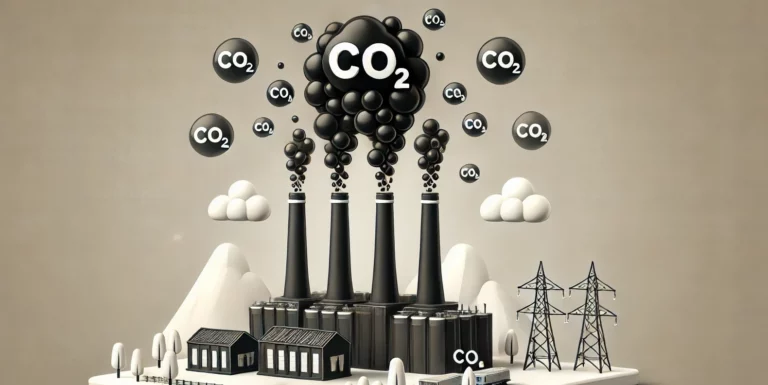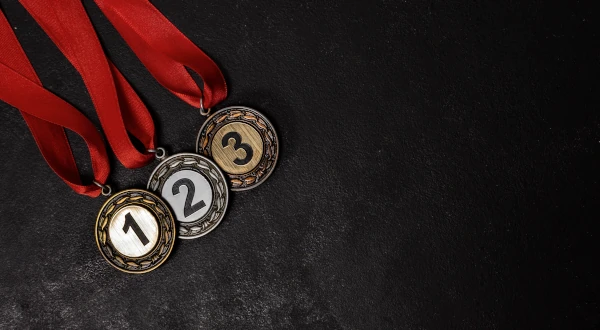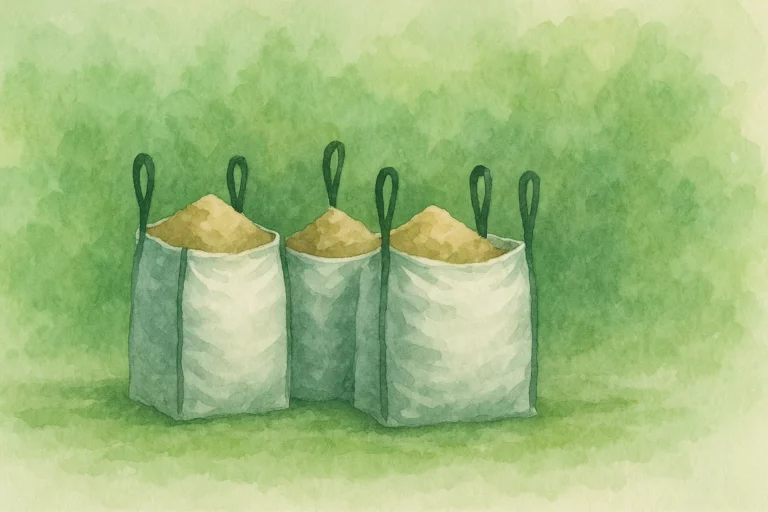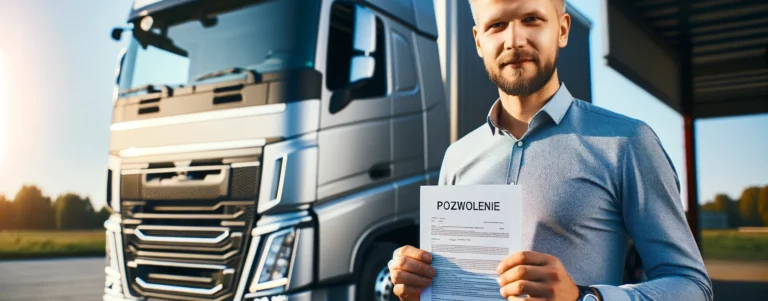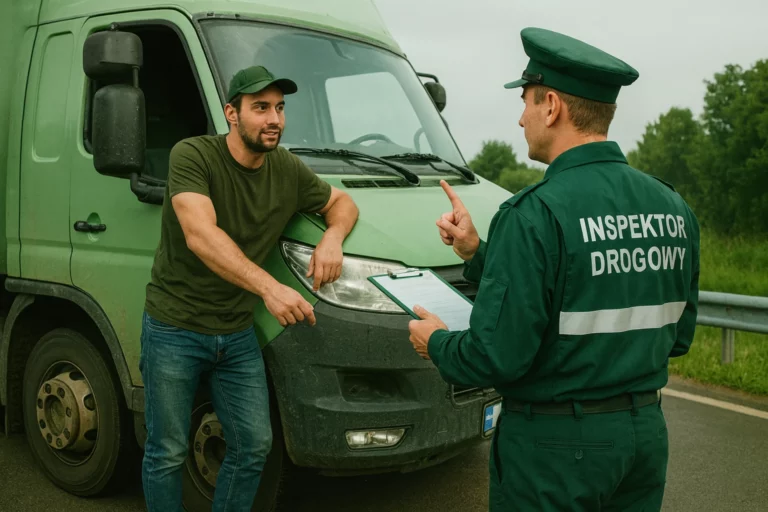Medical waste - how to manage it safely and legally?
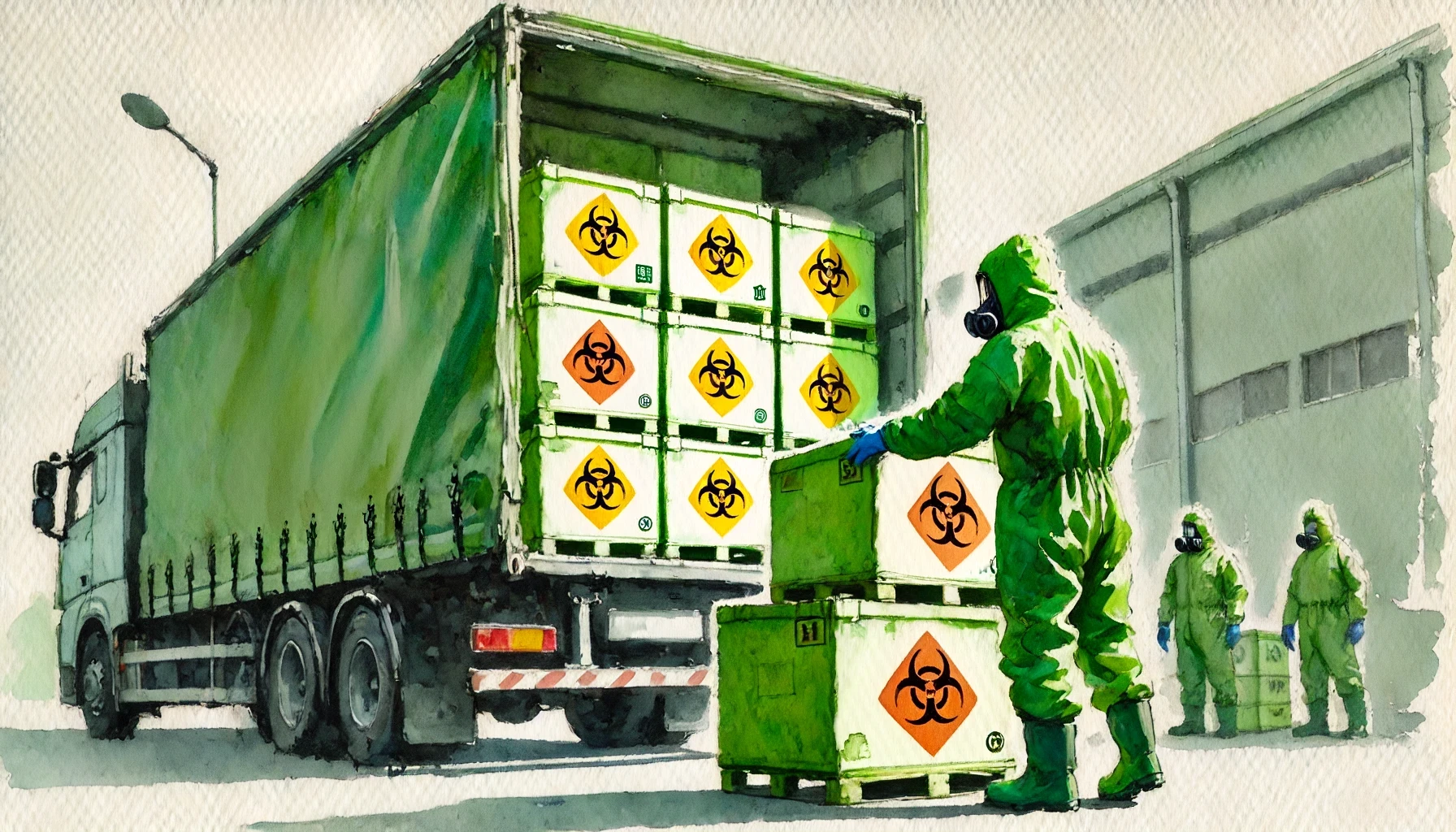
Medical waste is a specific type of waste generated mainly in entities performing medical activities - hospitals, clinics, treatment rooms, laboratories, but also in veterinary establishments or pharmacies. Their proper classification, collection, storage and processing is not only a matter of legislation - it is above all an obligation to ensure sanitary, health and environmental safety.
Need help arranging medical waste collection?
Unlike many other waste fractions, medical waste can contain biological material, pathogens, cytotoxic substances (i.e. substances that destroy or damage cells) or other hazardous chemical compounds. This means that improper handling can have disastrous consequences - both for people and the environment.
How do we classify medical waste?
The statutory breakdown of medical waste (based on the Ministry of Health Ordinance of 5 October 2017) is as follows:
CATEGORY | TYPICAL EVC CODES | CHARACTERISTICS |
|---|---|---|
INFECTIOUS MEDICAL WASTE | 18 01 02*, 18 01 03*, 18 01 80*, 18 01 82*, 18 02 02* | They contain live pathogens - e.g. slings, gauze pads, blood containers, laboratory samples, waste from infectious wards. |
HAZARDOUS MEDICAL WASTE OTHER THAN INFECTIOUS | 18 01 06* (chemicals), 18 01 08* (medicines), 18 01 10* (dental amalgam) and the corresponding codes 18 02 xx* in veterinary medicine | They pose a chemical or toxicological risk, but not a microbiological one. |
NON-HAZARDOUS MEDICAL WASTE | 18 01 01 (non-infectious sharps), 18 01 04 (other medical waste), 18 01 07 (non-hazardous chemicals), 18 01 09 (non-cytotoxic medicines), 18 01 81 (packaging), 18 02 01 / 18 02 03 (veterinary) | They do not pose significant microbiological or chemical risks; they are often eligible for energy recovery or storage after pre-treatment. |
However, hospital practice and the guidelines of the State Sanitary Inspectorate break down the group of 'hazardous waste other than infectious waste' into narrower categories, because the storage and disposal requirements are different here. Therefore, we further distinguish between waste:
WORKING CATEGORY | TYPICAL EVC CODES | REASON FOR SEPARATION |
|---|---|---|
CYTOTOXIC AND CYTOSTATIC | 18 01 08*, 18 02 08* | Toxicity to cells; incineration in high temperature incinerator |
CHEMICALLY HAZARDOUS | 18 01 06*, 18 01 10*, 18 02 06*, 18 02 07* | Corrosive, mutagenic or toxic reagents, dental amalgam |
OSTRE | 18 01 01 (if pure) or in combination with 18 01 03* / 18 02 02*. | Risk of injury; containers must be rigid and resistant to damage |
Understanding this classification is crucial for the correct recording, storage and, above all, the choice of waste treatment method.
Is medical waste recyclable?
In the vast majority of cases - no. This is due to the microbiological and chemical risks. This waste must first be disposed of before it can be treated as a potential source of secondary raw materials.
What can be recovered from them?
- Clean drug packaging (after verification).
- Plastics - if they have not been in contact with biological material.
- Metals (e.g. needles) - but only after autoclaving (sterilisation) or other disposal process.
Only then can the waste be sent for recycling - usually metals or selected plastics.
How can medical waste be managed?
- Thermal disposal (incineration) - the most common method, requires temperatures above 1100°C and appropriate filters to purify the flue gases.
- Autoclaving - mainly for infectious soft waste. Effectively eliminates biological hazards.
- Solidification and chemical disposal - for liquid or chemically hazardous waste.
- Storage - a last resort and only after prior disposal.
Medical waste in Poland and Europe - latest data
The statistics show clearly:
- According to data published in May this year, in Poland up to 200 000 tonnes of medical waste is generated annually, of which over 90% is hazardous waste.
- This represents 8% of the total amount of this type of waste generated in the European Union (it is estimated that EU countries produce around 2.5 million tonnes of medical waste per year)
Most of this type of waste in our country goes to incineration plants - only a few plants that meet stringent technical requirements are currently in operation.
What obligations must a medical waste generator fulfil?
Any entity generating medical waste has an obligation to:
- Segregate waste at the point of generation according to the assigned codes (group 18 of the waste catalogue) and separate the infectious, chemically hazardous, cytotoxic/cytostatic, acute and other fractions.
- Use the correct packaging and colours (red bags or containers for infectious, yellow for chemically hazardous and medicines, rigid containers for sharps, white/blue for non-hazardous waste).
- Label each package legibly with "MEDICAL WASTE", waste code, date and manufacturer's details.
- Store waste in enclosed, separated areas:
- infectious ≤ 72 h at ambient temperature or ≤ 30 days at ≤ 10 °C,
- chemically hazardous and cytotoxic/cytostatic - according to safety data sheets, without time limit, in sealed containers.
- Keep records in BDO: generate waste transfer notes (KPOs) and annual reports (by 15 March).
- Hand over waste only to authorised entities: collectors with a collection/disposal permit and hauliers registered in section VII of the BDO for the relevant codes.
- Ensure transport under ADR conditions (infectious - class 6.2, cytostatics - class 6.1), with a marked vehicle, emergency equipment and written instructions.
- Dispose of waste:
- infectious and acute - incinerator or autoclave with GIS opinion;
- cytotoxic/cytostatic - incinerator ≥ 1100 °C;
- chemicals - incineration or chemical recovery;
- non-hazardous - incineration plant, RDF or landfill after mechanical-thermal treatment.
- Train staff in segregation, health and safety and emergency procedures; record training.
- Document and archive storage temperature logs, autoclave printouts, bioassay results and customer contracts for min. 5 years.
Fulfilment of the above points guarantees compliance with the Waste Act, the Regulation of the Minister of Health of 5 October 2017 and sanitary-epidemiological requirements.
Transport of medical waste - what conditions must be met?
Companies involved in the transportation of medical waste must:
- register in BDO under section VII, taking into account the relevant waste codes.
- have specialised vehicles suitable for transporting sensitive loads - enclosed, easy to disinfect, with appropriate labelling,
- train drivers in ADR
These requirements are justified - properly secured transport minimises the risk of environmental contamination, accidents and incorrect waste transfer.
What is worth remembering?
- Medical waste is some of the most hazardous waste - it requires special care and compliance.
- Poland lacks adequate infrastructure, so logistics play a key role.
- Recycling is only possible to a limited extent and after prior disposal.
- Transport requires specialised permits, equipment and knowledge - every link in the process must be fully compliant.
Interested in finding out more or arranging medical waste collection at your facility? Contact the Ecologistics24 team - We will help you through all the paperwork step by step, ensuring security and compliance with current regulations.

